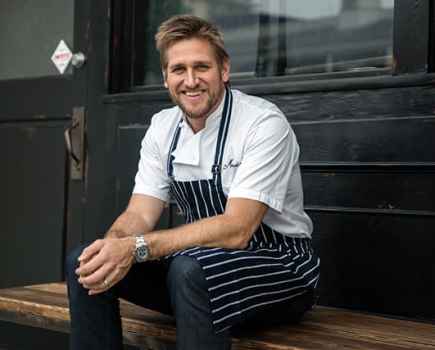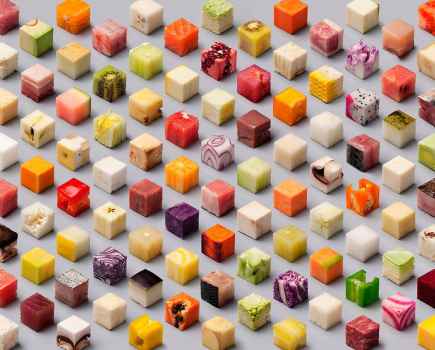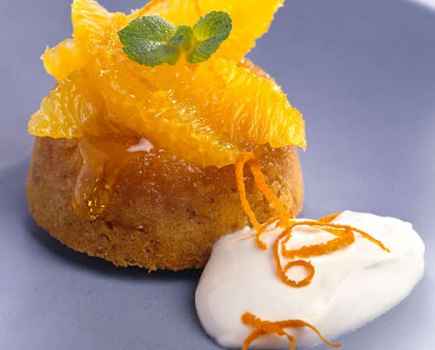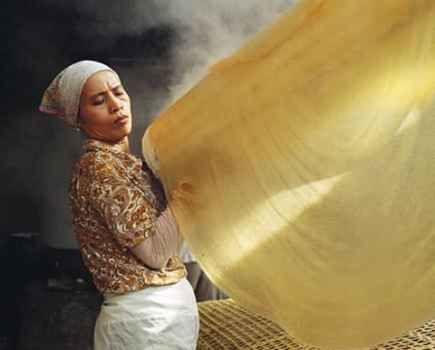Food photography seems to be bigger than ever, thanks to the rise of the trend on social media but, as professionals would tell you, a clumsy snap of someone’s attempt at an omelette is a far cry from the full potential of photographing cuisine. Here are some tips to help you create the best images of food possible.
Everything from mince pies to a celebratory glass of champagne or even Christmas dinner itself can make a fantastic photographic subject. Here’s how you can end up with images that could grace the pages of a cookbook or glossy Sunday magazine, rather than those unappealing and faded shots that accompany the dodgy menu at your local kebab shop.
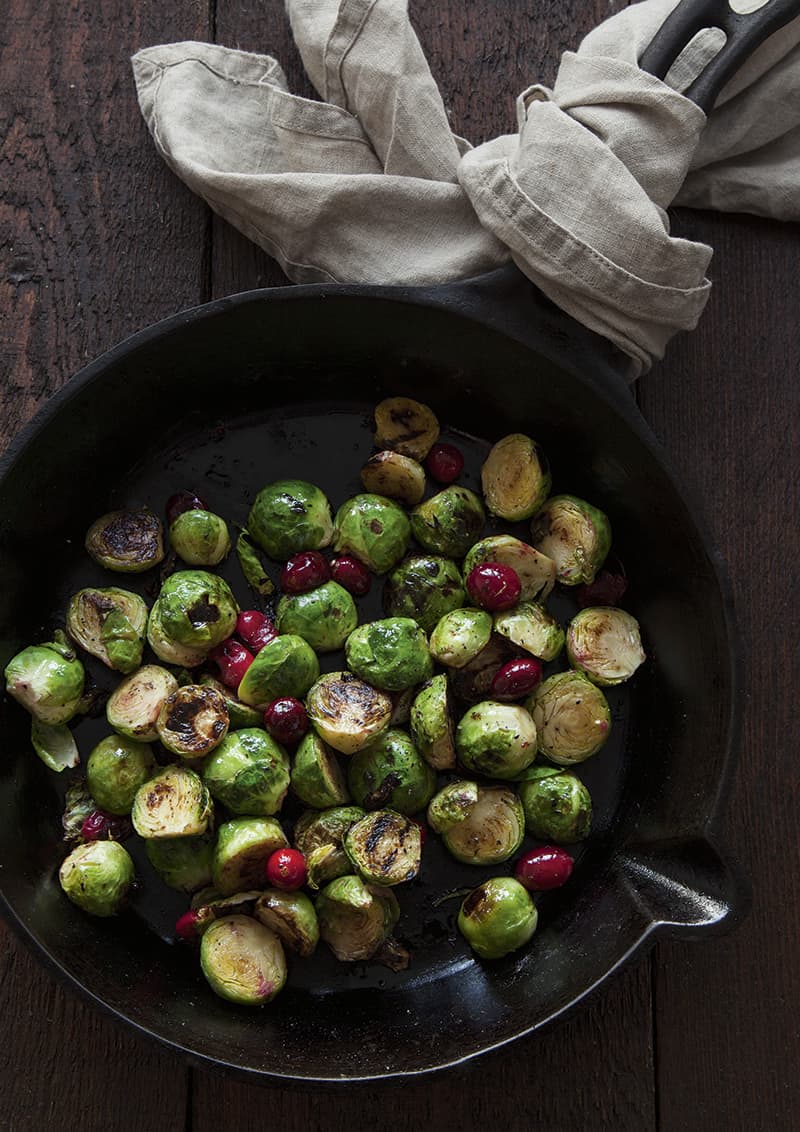
1. Shoot in daylight
You don’t need a lot of space – a nice bright window will be fine. Use a reflector, black or white card or even tin foil to bounce light into shadows, or flag off areas of the image to balance the light as you need.
2. Use a tripod
Using a tripod will make composing and styling your shot a lot easier, as you can make small changes to the scene. For example, you can brush a little oil onto meat to freshen it up or wipe a drip of sauce without disrupting your framing. Working with a tripod also means you can use longer exposure times in dull winter light without the risk of blurring.
3. Study the food
Decide if there is a particular element or quality that you want to highlight and see what angle it looks best from. Choose whether to shoot the whole dish or if a single serving would be better. For example, a trifle is best kept whole, but an iced cake could benefit from having a slice taken out to show the inside.
4. Consider your background
When setting up your shot, a relatively plain background is always a good place to start. Think about the colours in the food you are shooting – don’t choose a background that will clash with the food, or one that’s so similar that the dish blends into it.
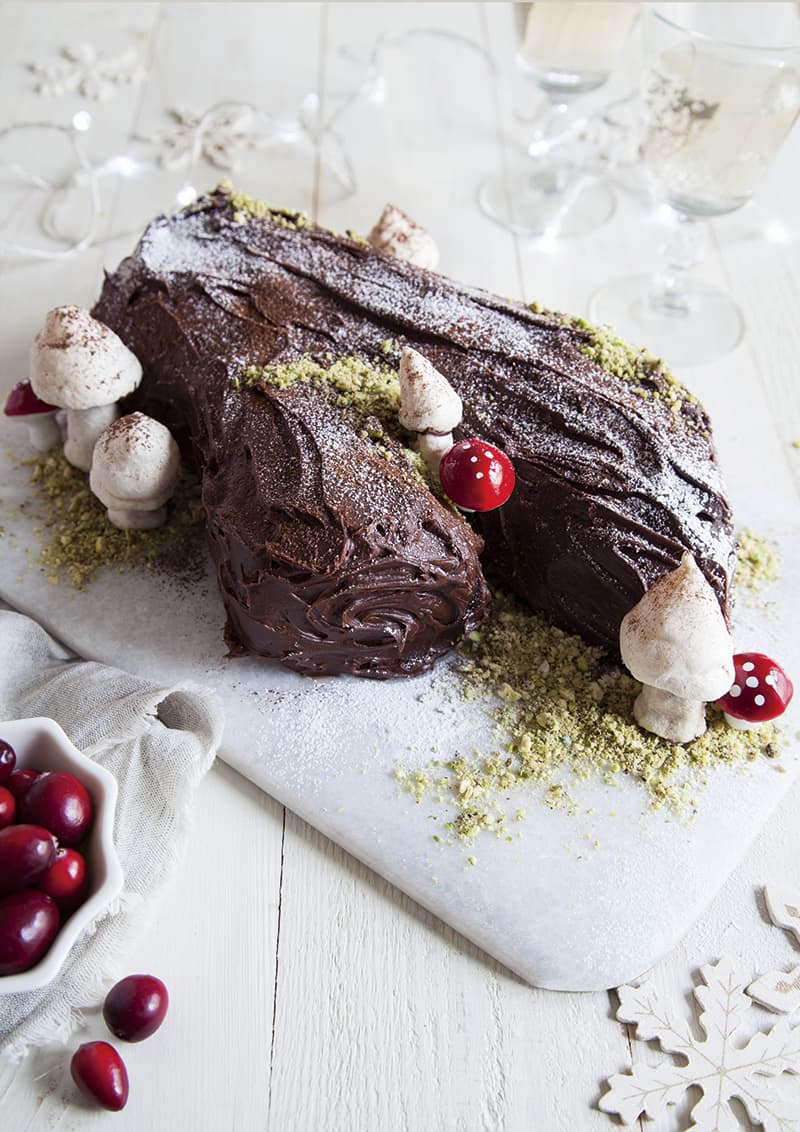
5. Drizzle, don’t pour
If you are serving a sauce with the food, try pouring a little onto the plate and just a drizzle over the food. A plate drowning in gravy won’t translate well to the camera.
6. Tell a story
Use props to set the scene and tell a story in the image. A serving spoon wedged into a big bowl of roast potatoes can make the viewer want to dive in and serve some up, or a sieve of icing sugar placed at the side of a shot of some dusted mince pies gives a home-made feeling. Try to only use props that are used in the preparation or serving of the dish. You may have a lovely vintage grater that you really want to include in your picture, but if you didn’t use it to make the dish, save it for another image.
7. Build the dish
Pay close attention to the way you plate up your food. Placing carrots onto the plate one by one may not be how you would normally serve your veg, but it will help you to build the image and select only the best items to shoot. Keep an eye on your portion sizes, too – a smaller serving generally looks better than a plate piled high.
8. Backlight drinks
When photographing drinks, it is often best to backlight them, allowing light to shine through. This will make the liquid appear transparent and highlight any visual interest within the drink itself, such as ice cubes, garnishes and condensation on the glass.
9. Dilute drinks
Drinks often appear darker in a photograph, so watering them down can help to restore colour and detail, especially with red wine. Tea and coffee should also be made milkier than usual for the same reason.
10. Bring back bubbles
Champagne and other fizzy drinks can look great on camera, especially when backlit, but if you find that your bubbly is looking a little flat, a pinch of caster sugar will liven it up and bring your bubbles back.
For more food photography, check out the articles below.




